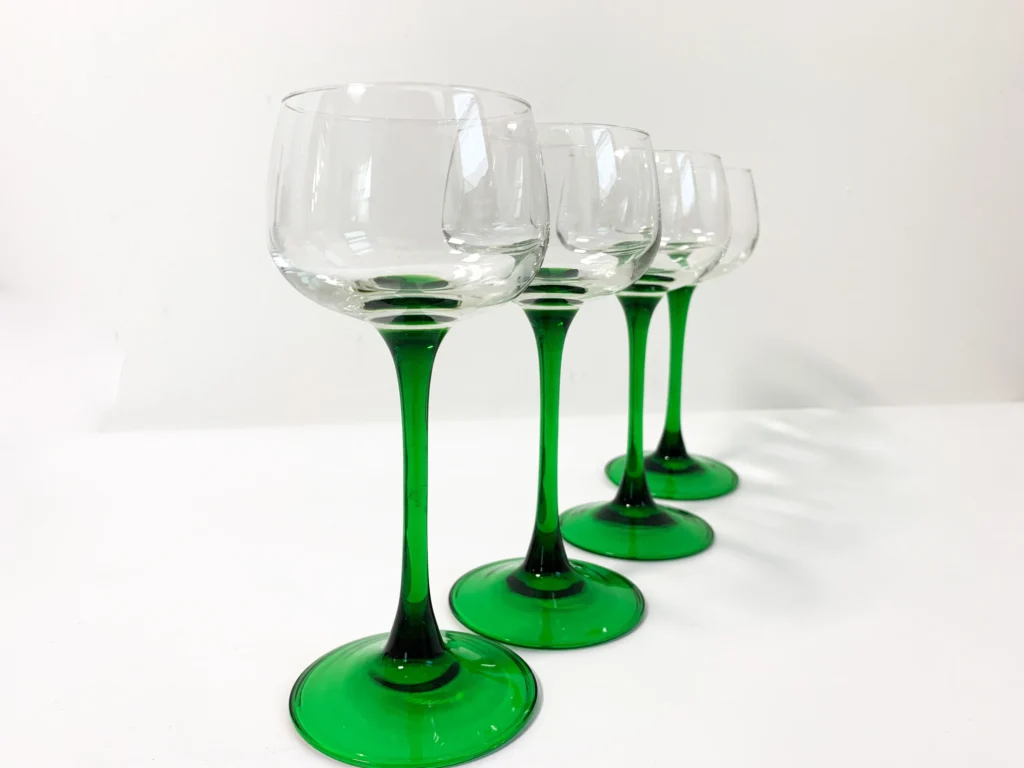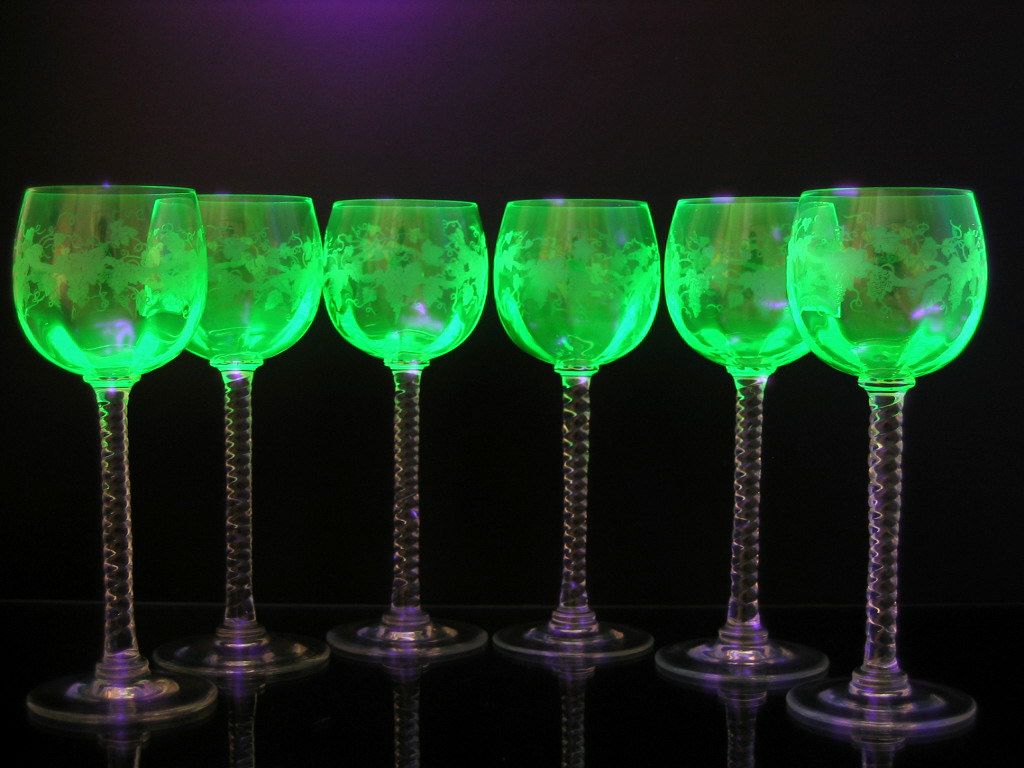The 18th c green glass wine glass is a remarkable artifact that captures the elegance and artistry of its time. These exquisite pieces are not just functional items; they tell a story about the culture, craftsmanship, and social practices of the 18th century. In this article, we will delve into the fascinating world of 18th-century green glass wine glasses, exploring their history, features, significance, and how to care for them.
The Historical Context of the 18th c Green Glass Wine Glass
The 18th century was a period of significant change in Europe, marked by artistic movements, the rise of the middle class, and advancements in glassmaking techniques. The 18th c green glass wine glass emerged as a fashionable item among the elite and was widely used in social gatherings, banquets, and celebrations.
Read Also: 18th c green glass wine glass
Evolution of Glassmaking
During the 18th century, glassmaking techniques evolved dramatically. Craftsmen in places like Venice and England perfected the art of glassblowing, creating more delicate and intricate designs. The green hue of these glasses often resulted from iron impurities in the sand used to make the glass, giving each piece a unique charm.
The Role of Green Glass in Society
Green glass became synonymous with refinement and sophistication. The 18th c green glass wine glass was not only used for drinking wine but also served as a status symbol. Owning such a piece indicated wealth and taste, making it a coveted item among the aristocracy.
Characteristics of the 18th c Green Glass Wine Glass
To truly appreciate the 18th c green glass wine glass, it’s essential to understand its distinctive features. These characteristics set it apart from other glassware of the era.
Design and Shape
The design of the 18th c green glass wine glass typically features a tall stem and a broad bowl, allowing for aeration of the wine. The elegant silhouette makes it a stunning addition to any table setting. Some designs also incorporate intricate engravings or etchings, showcasing the skill of the glassmaker.
Color and Transparency
The green color of these glasses can range from a light emerald to a deep forest green, depending on the materials used in their production. This color not only adds to their aesthetic appeal but also plays a role in how light interacts with the glass, enhancing the overall experience of drinking.
Weight and Texture
The weight of the 18th c green glass wine glass is another noteworthy aspect. These glasses tend to be heavier than modern counterparts, providing a sense of quality and durability. The texture is often smooth, with some pieces exhibiting a slight variation that reflects the handmade nature of the product.
The Cultural Significance of the 18th c Green Glass Wine Glass
The 18th c green glass wine glass serves as more than just a drinking vessel; it holds cultural and historical significance.
Social Gatherings and Rituals
In the 18th century, wine drinking was often a ritualized activity. The use of beautifully crafted glasses elevated the experience, making gatherings more memorable. Whether at a grand banquet or an intimate dinner, the presence of an 18th c green glass wine glass signified hospitality and sophistication.
Artistic Expression
The craftsmanship involved in creating these glasses reflects the artistic trends of the time. Many glassmakers were inspired by the Baroque and Rococo styles, which emphasized elegance and ornate detailing. Collectors today appreciate these glasses not only for their function but also as works of art.

Collecting 18th c Green Glass Wine Glasses
For enthusiasts and collectors, acquiring an 18th c green glass wine glass can be a rewarding experience. Here are some tips for those looking to start or enhance their collection.
Where to Find Them
18th c green glass wine glasses can be found in various places, including antique shops, estate sales, and online auction sites. However, it’s essential to purchase from reputable sources to ensure authenticity.
Identifying Authentic Pieces
When collecting, be on the lookout for signs of authenticity. Look for bubbles in the glass, irregularities in the shape, and wear on the rim, which indicate that the piece is handmade. Additionally, researching known makers can help you identify genuine items.
Caring for Your Collection
Proper care is crucial to preserving the integrity of your 18th c green glass wine glass. Here are some tips:
- Cleaning: Use lukewarm water and a gentle soap to clean your glasses. Avoid harsh chemicals that could damage the glass.
- Storage: Store your glasses upright in a cool, dry place. Consider using padded dividers if you’re keeping them in a cabinet to prevent scratches.
- Handling: Always handle the glasses with care. Avoid gripping the bowl, as this can put pressure on the delicate stem.
Read Also: 18th c green glass wine glass
The Modern Relevance of 18th c Green Glass Wine Glasses
While the 18th c green glass wine glass belongs to a different era, its influence can still be seen today. Modern glassmakers often draw inspiration from historical designs, blending traditional techniques with contemporary aesthetics.
Incorporating Vintage Glasses into Modern Settings
Many interior designers recommend incorporating vintage glassware into contemporary home decor. An 18th c green glass wine glass can serve as a stunning centerpiece or accent piece, adding a touch of history and elegance to any setting.
Hosting with Style
Using an 18th c green glass wine glass for special occasions can elevate the dining experience. Whether it’s a wedding, anniversary, or holiday gathering, serving wine in these exquisite glasses adds an air of sophistication.

Frequently Asked Questions (FAQs)
Q1: What is the value of an 18th c green glass wine glass?
The value varies based on factors such as condition, rarity, and provenance. Authentic pieces can range from hundreds to thousands of dollars.
Q2: How can I tell if my glass is truly from the 18th century?
Look for signs of handmade craftsmanship, such as irregularities in the glass, bubbles, and wear. Researching the maker can also help confirm authenticity.
Q3: Can I use my 18th c green glass wine glass for drinking?
While you can use them, it’s advisable to limit their use to special occasions to preserve their condition.
Q4: Where can I buy authentic 18th c green glass wine glasses?
You can find them at antique shops, estate sales, and reputable online auction sites specializing in antiques.
Q5: What types of wine are best served in these glasses?
Typically, red wines are served in these glasses, but they can also be used for white wines depending on personal preference.
Conclusion
The 18th c green glass wine glass is more than just a drinking vessel; it’s a piece of history that embodies the elegance and artistry of its time. Understanding its significance, characteristics, and care can deepen your appreciation for these stunning artifacts. Whether you’re a collector, a history buff, or simply someone who enjoys fine glassware, the allure of the 18th c green glass wine glass is undeniable. Embrace the charm of the past and consider adding a piece of this timeless treasure to your collection.



